
Best Python Projects Beginner to Advanced
We'll also set a confidence level of 95%: α = 0.05. The α value is a threshold we set, by which we say "if the probability of observing a result as extreme or more ( p-value) is lower than α, then we reject the Null hypothesis". Since our α=0.05 (indicating 5% probability), our confidence (1 — α) is 95%. Don't worry if you are.

GitHub Python language support for AtomIDE snake
In Python, the 'b' character before a string is used to specify the string as a "byte string".By adding the 'b' character before a string literal, it becomes a bytes literal. This means that the string content should be interpreted as a sequence of bytes rather than characters.
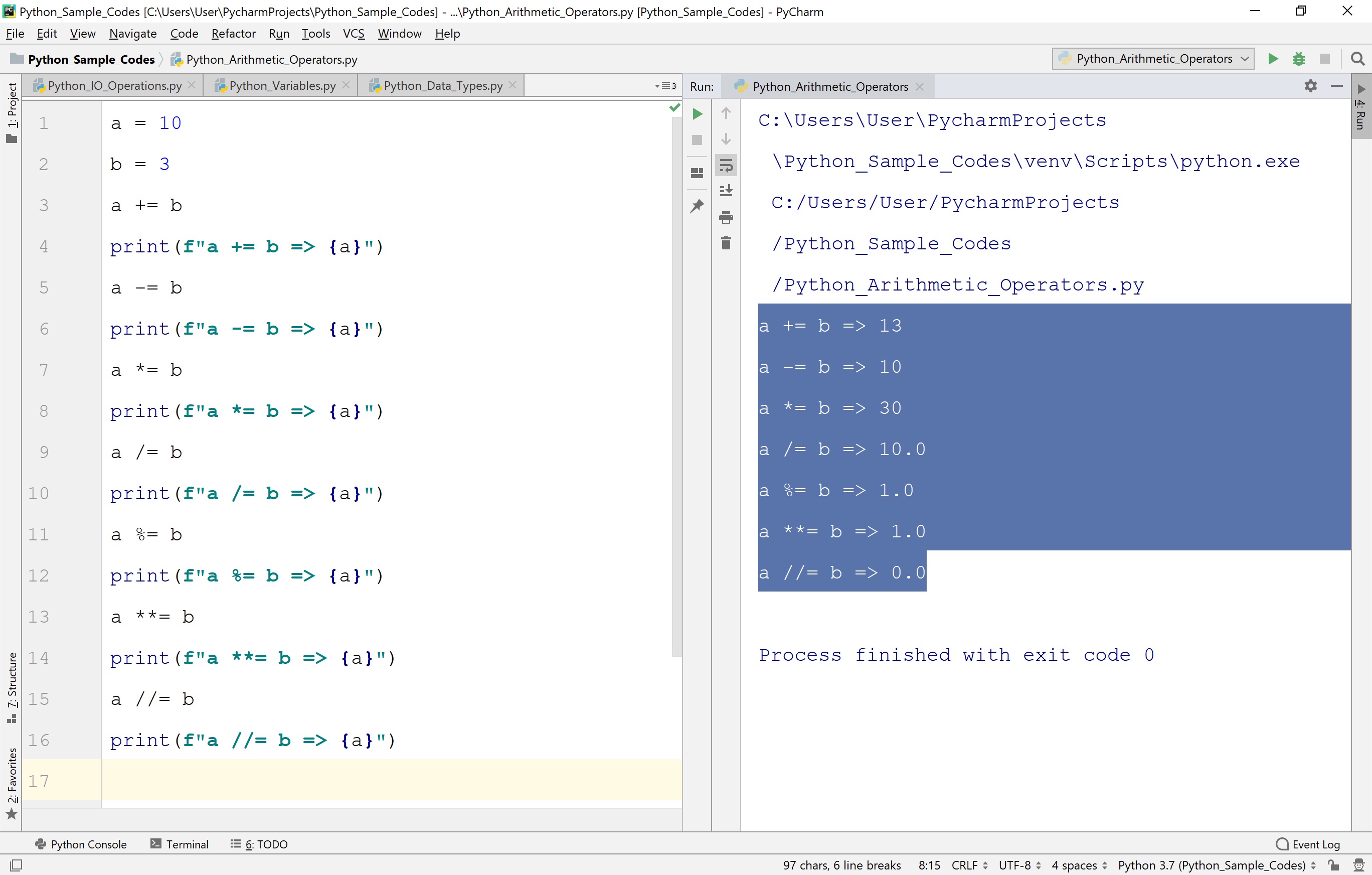
Python Tutorials Operators and its types
I think you're confusing two strange things: 1) b=a [:] copies the references to all the integers, so b [0] points to the same int as a [0] and a [0] is b [0] returns True. 2) refs to the numbers -5 through 256 are kept at all times. - Shep Nov 24, 2012 at 7:39 Add a comment 4 Answers Sorted by: 12 The -5 to 256 range has to do with the following:

BPython
Get instructor-led training from experts. Microsoft Learn has partnered with our global network of official Microsoft Training Services Partners (TSPs) to deliver AI Bootcamp for Educators. TSPs offer this new instructor-led training in a language, location, and format suited to you—whether in person, online, or as a hybrid event.
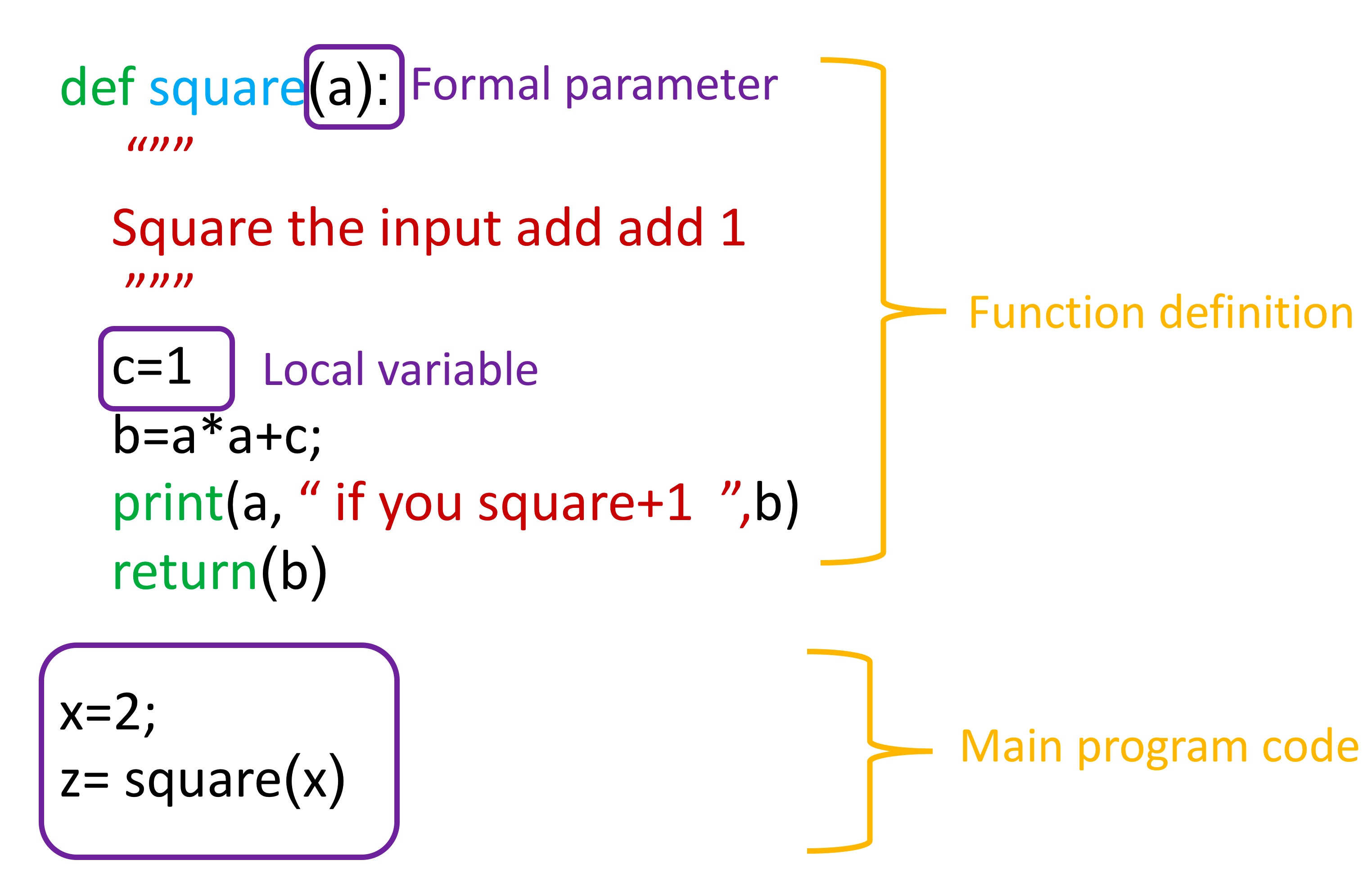
Python Collections Conditions in Python UPSCFEVER
Principal component analysis (PCA) is a linear dimensionality reduction technique, which transforms potentially correlated variables into a smaller set of variables, called principal components. PCA reduces the number of dimensions while retaining the most information from the original dataset. PCA is an unsupervised learning algorithm that is.
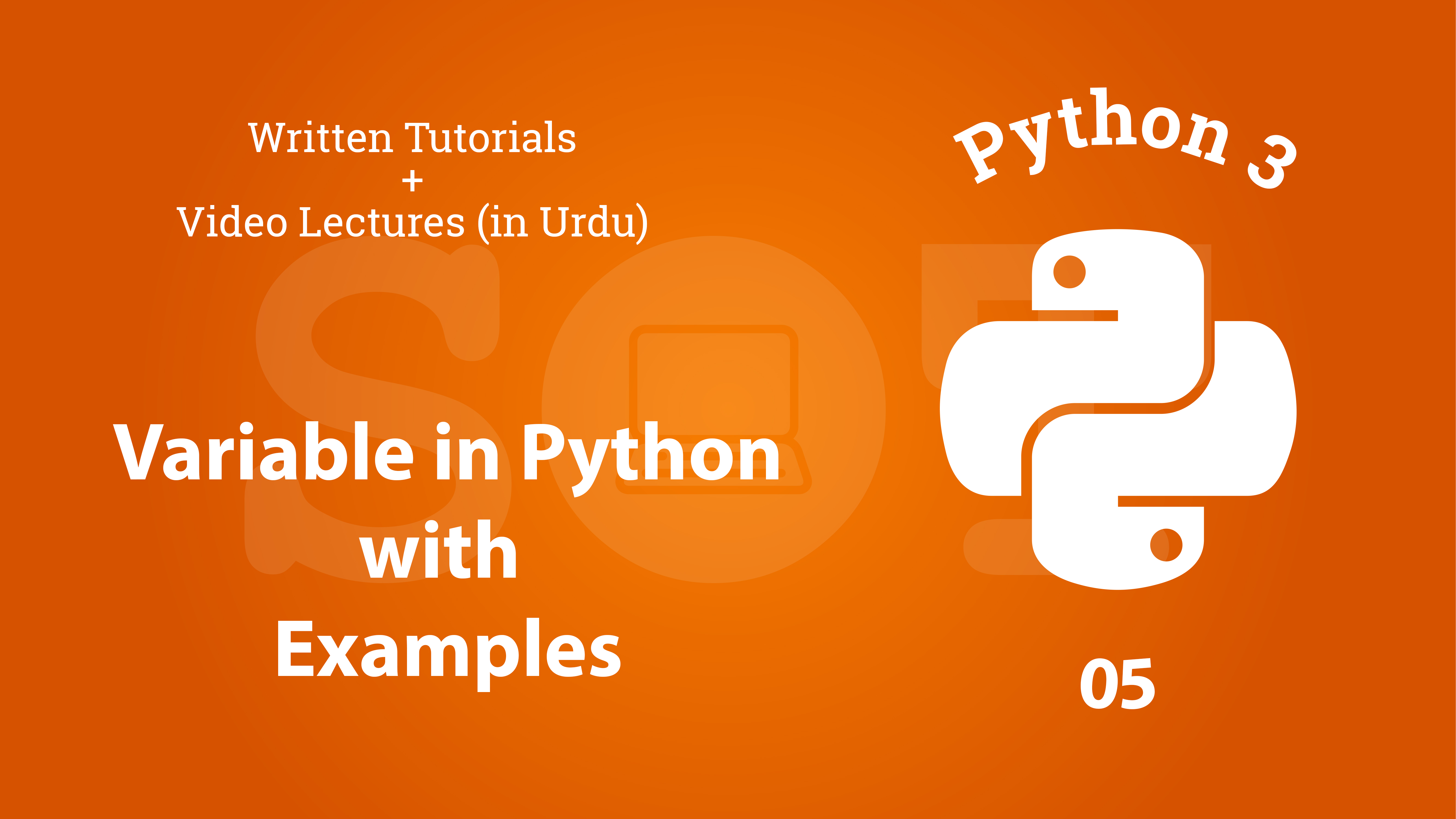
Python Function Python Procedures with example?
In Python programming language Division Operators allow you to divide two numbers and return a quotient, i.e., the first number or number at the left is divided by the second number or number at the right and returns the quotient. There are two types of division operators: Float division Floor division Float division

Ball Python vs Common Boa (BCI) Head To Head Dog Potato
But to simplify code, and reduce redundancy, Python also includes arithmetic assignment operators. This includes the += operator in Python used for addition assignment, //= floor division assignment operator, and others. Here's a list of all the arithmetic assignment operators in Python. Operator. Description. +=. a+=b is equivalent to a=a+b.
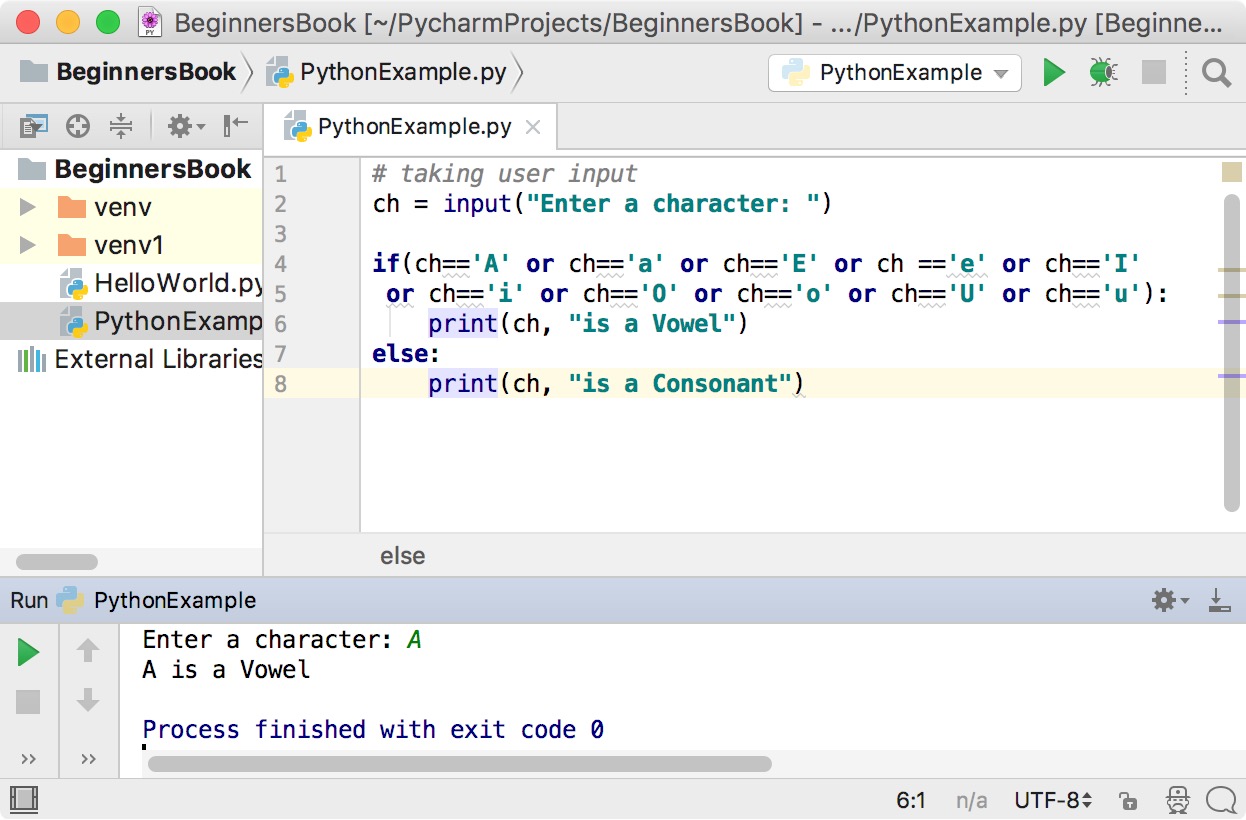
Python Program To Print All Alphabets From A Z Using While Loop Photos Alphabet Collections
a,b = 0,1 while a<10: print(a) a=b b=a+b #output: 0 1 2 4 8 This is because the interpreter always calculates the figures in the right side of the Equals sign first. The calculation results will be assigned to the variables which on the left hand side only if all the calculation has been done on the right hand side.
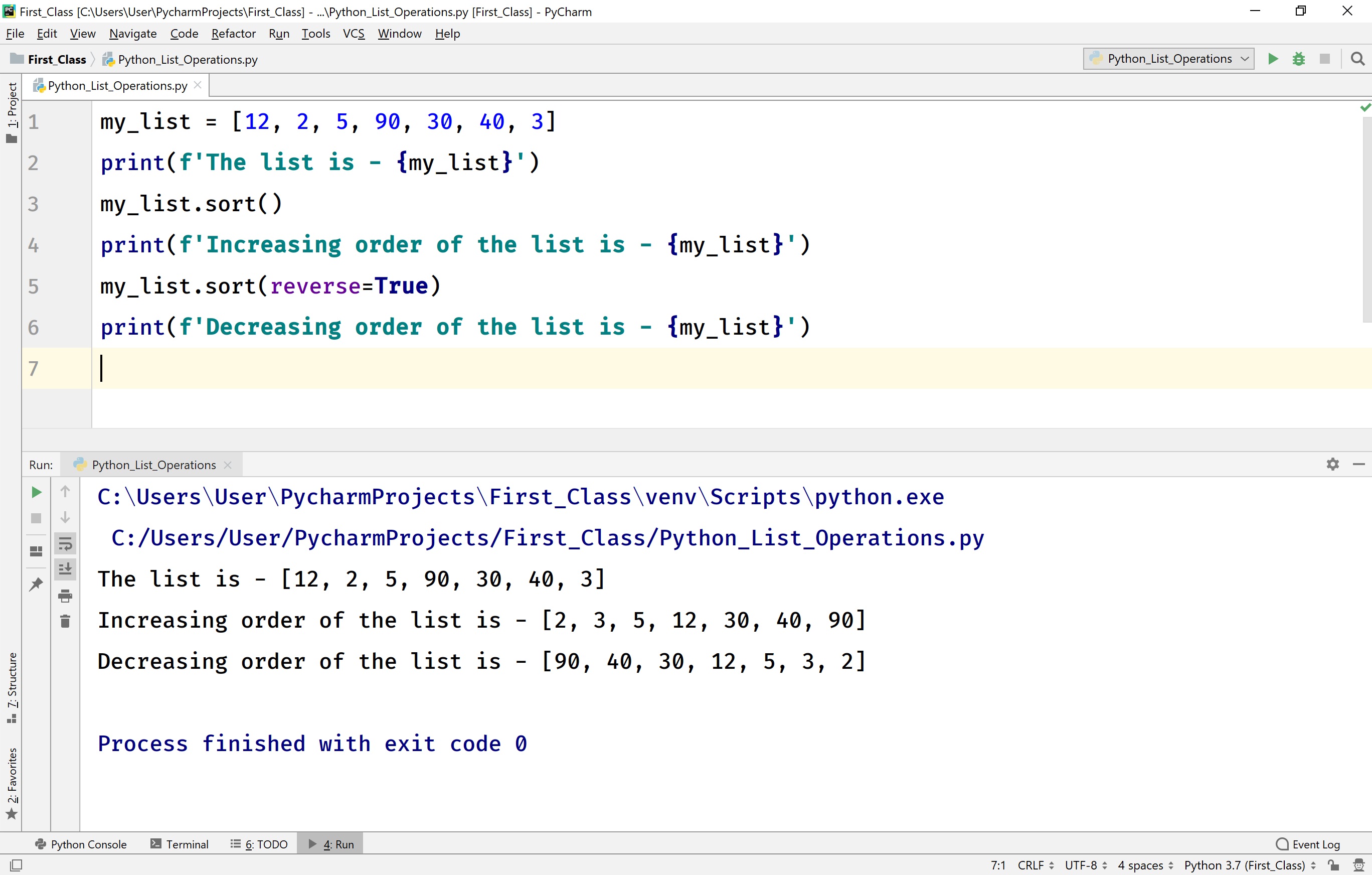
Python Tutorials Lists data structure data types
For example, [abc] will match any of the characters a, b, or c; this is the same as [a-c], which uses a range to express the same set of characters. If you wanted to match only lowercase letters, your RE would be [a-z]. Metacharacters (except \) are not active inside classes.

python Python Comparison Operators
These operators compare the values on either sides of them and decide the relation among them. They are also called Relational operators. Assume variable a holds 10 and variable b holds 20, then. [ Python Comparison Operators ] Operator. Name. Example. ==. Equal.

Ball Python Care Guide PetHelpful
Basically, the Python modulo operation is used to get the remainder of a division. The modulo operator ( %) is considered an arithmetic operation, along with +, -, /, *, **, //. In most languages, both operands of this modulo operator have to be an integer. But Python Modulo is versatile in this case. The operands can be either integers or floats.
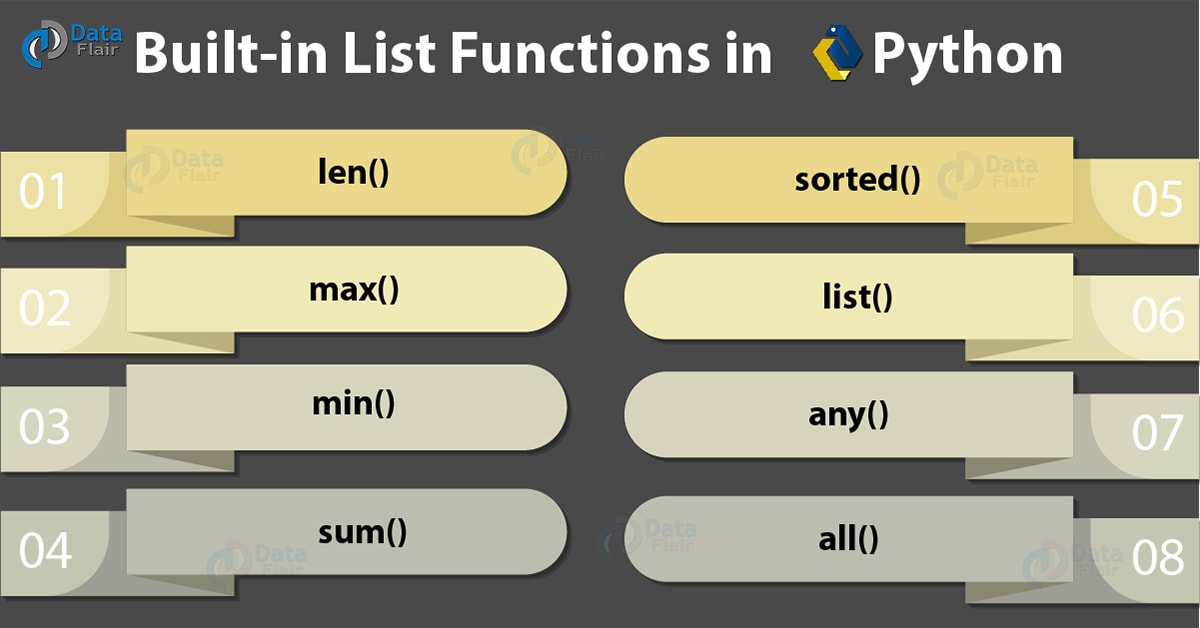
Python List with Examples A Complete Python List Tutorial DataFlair
# Python program to demonstrate ternary operator a, b = 10, 20 # Use tuple for selecting an item print( (b, a) [a < b] ) # Use Dictionary for selecting an item print({True: a, False: b} [a < b]) # lambda is more efficient than above two methods # because in lambda we are assure that # only one expression will be evaluated unlike in # tuple and Dictionary print((lambda: b, lambda: a)[a < b.

Introduction to Python Syntax in 2022 Basic computer programming, Learn computer coding
Assignment Statement. First of all, you've got to understand that this operation a, b = b, a is a statement in Python, as opposed to an expression. Expressions are code that evaluates to a value. By contrast, statements execute an action without evaluating to a value. More specifically, the statement is an assignment statement because it uses.

The Wild Files YouTube Channel Analytics and Report NoxInfluencer
# The Python images come in many flavors, each designed for a specific use case. # The python:3.11-slim image is a good base image for most applications. # It is a minimal image built on top of Debian Linux and includes only the necessary packages to run Python. # The slim image is a good choice because it is small and contains only.
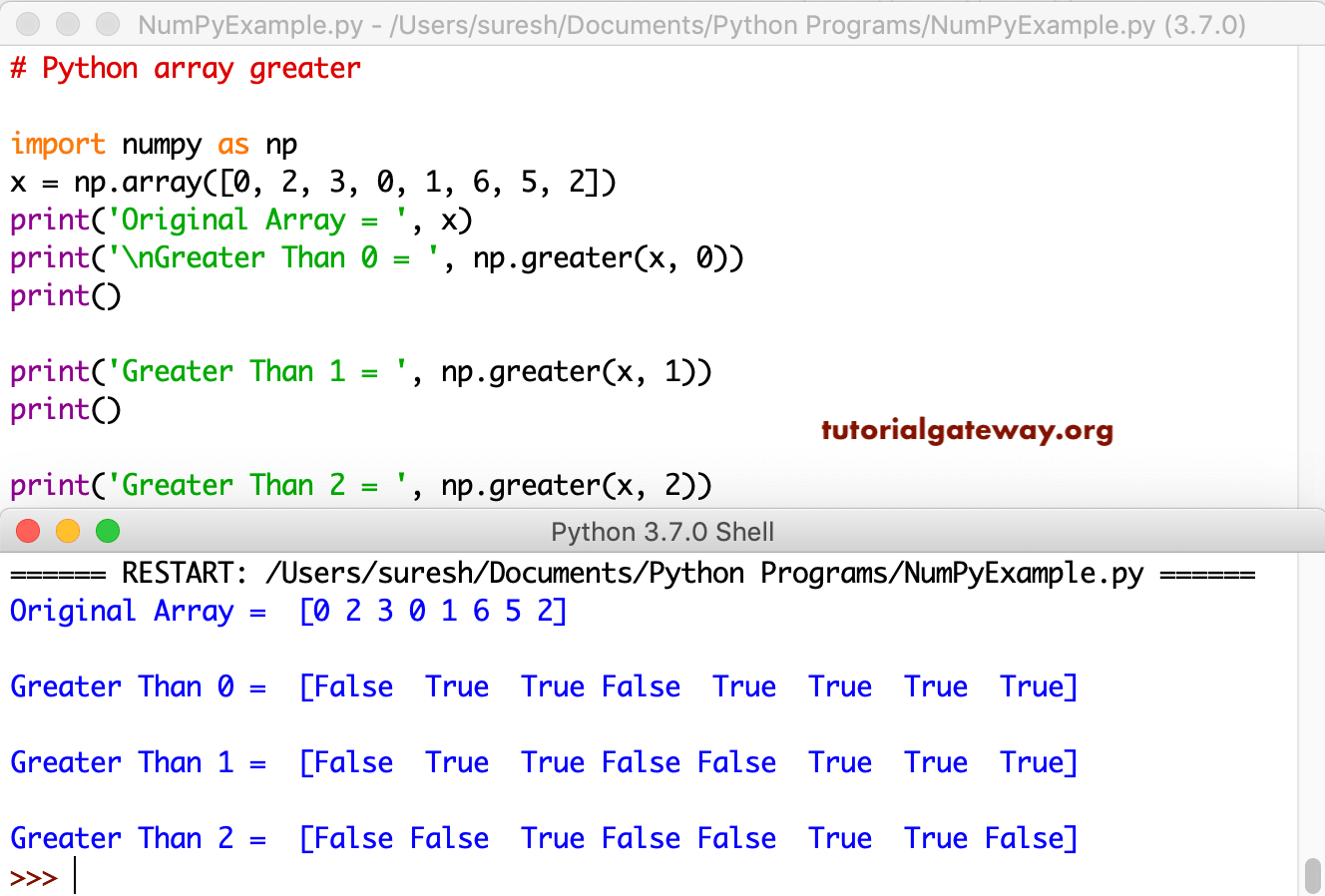
Python numpy Comparison Operators
The operator module exports a set of efficient functions corresponding to the intrinsic operators of Python. For example, operator.add (x, y) is equivalent to the expression x+y. Many function names are those used for special methods, without the double underscores.

Python B String? Top Answer Update
Assume if a = 60; and b = 13; Now in the binary format their values will be 0011 1100 and 0000 1101 respectively. Following table lists out the bitwise operators supported by Python language with an example each in those, we use the above two variables (a and b) as operands −. a = 0011 1100. b = 0000 1101-----a&b = 0000 1100. a|b = 0011 1101.